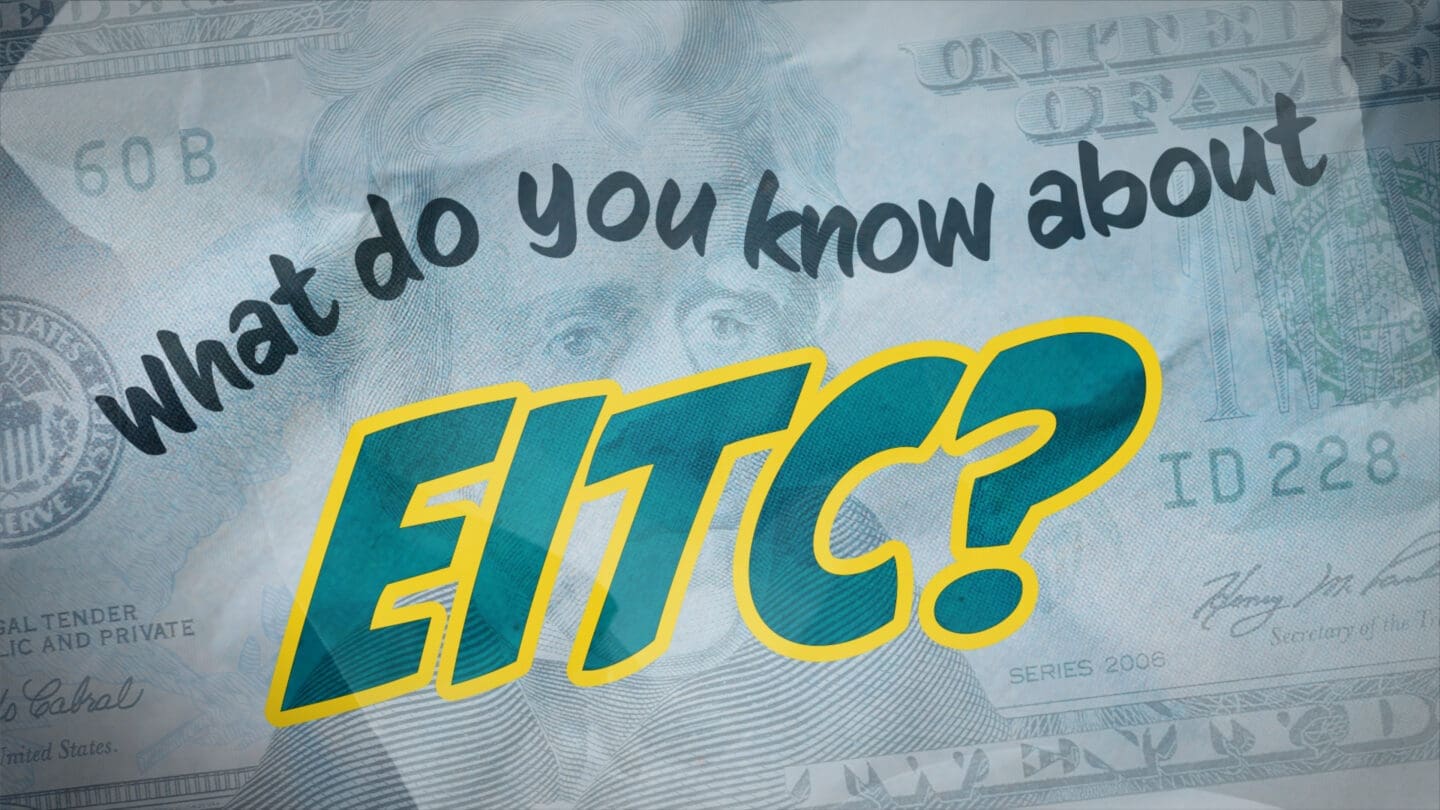With the passing of the American Rescue Plan in March, more than 5 million children are projected to be lifted out of poverty this year, cutting child poverty by more than half, through Earned Income Tax Credit (EITC) and Child Tax Credit (CTC) expansions. But what about state tax codes? What can states do to contribute to the fight against poverty, fill federal funding gaps, and create more equitable tax regulation?
Thirty states plus the District of Columbia and Puerto Rico have passed state EITCs, mostly as a percentage of the federal credit. Credits range from 3 percent to 85 percent of the federal; some states extend eligibility to groups like workers without children in the home; and some states provide the maximum credit value to workers with lower incomes instead of phasing it in.
These measures primarily benefit the bottom 60 percent of taxpayers and their children. They have the power to lift millions out of poverty while targeting racial income disparities and inequities embedded in state tax codes.
Black & Latinx households disproportionately fall in the low-income tax bracket, according to analysis by the Institute on Taxation and Economic Policy (ITEP) of 6 states with grant funding from The Rockefeller Foundation: WA, IL, NJ, GA, MO, and AR.
To see real impact, especially on children, in addition to considering the size of the credits we must also consider the issue of refundability.
Imagine: after completing your tax return, you owe the state $1,000. But you’re eligible for the EITC with a $2,000 credit. If that credit is refundable, it will eliminate the $1,000 you owe the state PLUS you will receive a $1,000 check for the refund.
If the credit is nonrefundable, you’ll simply erase the $1,000 taxes owed. Any extra on EITC goes back to the state, and not into the workers’ pockets.
Non-refundable tax credits don’t consider that workers pay disproportionately in sales, excise, and property taxes.
In Georgia a 10 percent refundable EITC would lift over three times as many children out of poverty than the 10 percent non-refundable EITC.
Among states more resistant to EITC adoption, non-refundable tax credits are often pushed as alternatives. But the difference in impact is critical.
Children make up a large share of the total number of people living below the federal poverty line.
With a focus on six states – Arkansas, Georgia, Illinois, Missouri, New Jersey, and Washington – we see that children account for over half (53 percent) of the people lifted out of poverty.
Modest state policy changes alone don’t decrease poverty rates. Instead, they make the case and lay the groundwork for more substantive solutions.
Take NJ for example. Their 40 percent refundable EITC— which is newly available to workers with a minimum age of 21 through expansions last September—lowers the overall child poverty rate by .5 percent.
However, more is needed to address deep-seated, structural inequities and improve child poverty rates.
Even with these expansions gained last fall, The Rockefeller Foundation grantee New Jersey Policy Perspective (NJPP) is continuing to advocate for policies that would improve the economic security and wellbeing of families who have been harmed by underinvestment and systemic discrimination. Policies that make the tax code more equitable and help families offset the costs of raising children, like the creation of a state-level version of the CTC and making the state’s existing Child and Dependent Care Credit fully refundable, would help to further advance economic justice. And because poverty is a product of structural inequities, NJPP is also advocating for broader investments, including baby bonds, basic income, and reparations, to help mitigate the harms caused by long-term barriers to economic security.
Still, state EITCs are tools that can be used to help alleviate poverty among some households living in poverty. But refundability is key to reaching the most economically vulnerable. Advocates can build on the success of current efforts to create bolder more inclusive EITC proposals—which along with other companion anti-poverty policies—can make a bigger dent in lowering poverty rates, especially for households with children.
Related Updates

A Look at EITC: Don’t Leave Your Money on the Table
An exploration of what the Earned Income Tax is, and what it isn’t.
More